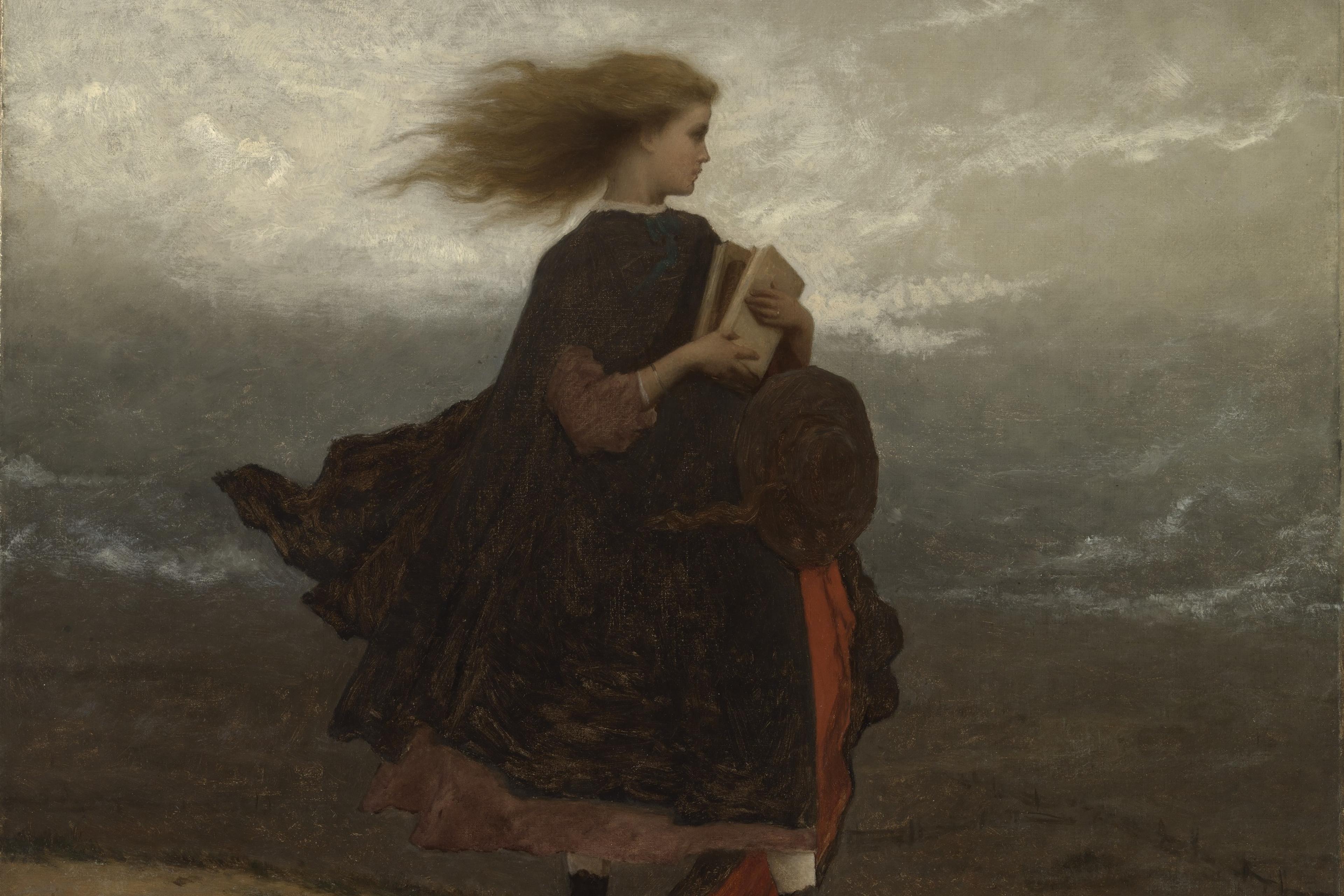In 17th- and 18th-century Europe, there was a widespread, clandestine philosophical literature that undermined the authoritarian church and state of the time. Underground movements of this sort have a romantic, sexy cachet to them: we root for the upstarts that help tear down repressive political structures. Naturally, the church and state authorities of early modern Europe didn’t celebrate their dissidents, but rather issued prohibitions and condemnations of the subversive underground literature, and occasionally caught and punished those responsible. They probably succeeded here and there in suppressing particular clandestine manuscripts, and that’s why we don’t know anything about them. But they didn’t succeed everywhere.
We now have studies of some of the more than 290 texts of the subversive underground literature of the time, found in some 2,000 manuscript copies. What was the role of such clandestine writings for European culture, living well, and the mental health of the time? And the suppression of clandestine literature raises questions for our own time: what justification could there be for the curtailment of free speech? Do the authorities have good reason to treat toxic and subversive speech today with a wary eye? Much of what we say about these matters will necessarily be speculative, but we can point to contextual and other factors that give us some evidence.
European elites were well aware of this literature. People such as Christina, Queen of Sweden and Prince Eugene of Savoy collected these manuscripts, even paying significant sums for rare specimens. Some might have been curious, some might have agreed with the criticism in the manuscripts, and some might have wanted to know the enemy. The French censor of the mid-18th century Lamoignon de Malesherbes was friends with a number of the authors of these manuscripts and didn’t wholly discourage such writings, as long as the authors and distributors were discreet about it. He might have seen some ‘steam-valve value’ in allowing their underground circulation: let some authors get away with it some of the time in order to diminish the overall amount of pressure on the authorities. When these subversive manuscripts were eventually published, sometimes the only measure designed to throw off the police was a false city of publication.
Public demand for these manuscripts was surely one of the reasons for some of the authors to write them. There was money in allegedly dangerous manuscripts because some people like to see any and all authorities being attacked, even if unfairly. Other writers might have really believed what they were writing, and really meant their critiques of the establishment. Then their writings could have served as a way to make it possible for diverse kinds of people with very different attitudes to live together without too much violence. To that end, the authorities might have felt that it was prudent to allow a certain amount of underground protest.
It would be an exaggeration to say that much of the 17th- and 18th-century underground literature was ‘philosophy’, at least if philosophy is conceived of as reasoned, systematic and coherent. Many of the underground manuscripts contained a wide variety of provocative ideas thrown together without much concern for coherence. The French version of the ‘Treatise of the Three Impostors’ of the late 17th century was a pastiche of texts from Baruch Spinoza, Thomas Hobbes and several other authors. It also had a history going back to a Latin version rumoured to be from the time of the emperor Frederick Barbarossa in the 12th century. The rude message implied in the title – that Moses, Jesus and Muhammad were all impostors, in it for political power – was much more important to the writer, and presumably to the reader, than the philosophical merits of the argument. This was plain old ‘stick it to the religious authorities’. So was the earlier Theophrastus redivivus of 1659, which was the earliest substantial argument for atheism in early modern Europe that we have. Its argument was much longer and denser, but similarly incoherent if read carefully.
In many cases, the authors of this underground literature were protesting more than they were reasoning. But that might be the point: the steam-valve theory would say that the unorthodox need to express what they think, even if others consider it lies and slander. If they can say what they think, even if only in clandestine writings, maybe they won’t have to turn to violence. If, in addition, their writings are limited to underground circulation, by and large among the elites, it might not have any wider social effects. Although some people at the time attributed the French Revolution to the subversive ideas of the clandestine literature and press, most historians give much heavier weight to published writings, and especially to other social and economic factors.
A more philosophical argument for the justification of underground writings in a critique of orthodoxy can be built on the moral philosopher George Sher’s work. Sher argues that governments shouldn’t get into the business of legislating respect for other people because it would require knowing what people really feel about others, and changing their minds if these feelings are inappropriate. Neither of these is easy. One can’t even know if criticism of church and state in the clandestine writings of the 17th and 18th centuries was intended to reform or to abolish church and state, or just to let off steam. If it’s futile to attempt to control other people’s minds, Sher argued, the realm of ideas is best regarded as a morality-free zone. Something like this could have been part of the authorities’ reasoning behind tolerating supposedly inappropriate thoughts in underground literature in early modern Europe, as long as people behaved within the limits of the law.
Some moralists argue that even purely private thoughts should be subject to moral assessment and control because one who thinks hostile thoughts is likely to take hostile actions. But Sher answered this argument by observing that it’s common to think bad thoughts about others, yet do nothing wrong. Most people have enough self-control to not act on problematic thoughts. Maybe the same thing can be said about the underground subversive ideas we’re exploring here. A century later, John Stuart Mill and others argued for letting public debates sort out the good ideas from the bad, rather than repress the ones that some of us find bad (although, clearly, the people who hold those ideas don’t see them as bad). Some of the authorities in the early modern period might have agreed. They could have seen possible benefits from bringing clandestine subversive ideas out into the shadow world of the manuscripts instead of repressing them and driving them further underground.
Early modern authorities might have seen a possible justification for control of other people’s ideas in the claim that society depends upon a mutual sense of good will among its subjects or citizens. Sher would counter that many people are able to get along with each other despite knowing that some don’t have good will toward them. We can’t force people to have good will toward us, and we don’t need their good will. It’s actual violations of rights and violence that should be punished. Meanwhile, the underground expression of ideas such as disrespect for church, state and others might have been enough to let off the steam that had accumulated from the inevitable differences of interest and opinion in the early modern world.
Today, there’s a new kind of clandestine writing, one that doesn’t cause us to root for the underdog. It is the hate speech and lies that begrime the internet, and it’s to be found all over the world. Authorities – governmental or otherwise – must deal with this subversive literature, and perhaps the early modern period could help them navigate. It certainly could be said that some of the ideas in today’s clandestine writings are unfair and demeaning to others. So were some of the antireligious and antimonarchical ideas in the clandestine literature of the 17th and 18th centuries, and the authorities then might have deemed them hate speech. Nevertheless, there might be some sense, among other reasons, in letting these ideas be expressed, at least underground, to make them available, when they surface, for critique and refutation. If they’re never expressed and refuted, they could fester indefinitely.
Letting off steam might be more important in social life than we’ve recognised. Suppressing what we really think is widely understood to be bad for our emotional health. People who have had to hide their thoughts in order to appear as conformists to the prevailing orthodoxies have often developed deep psychological problems, which in turn can lead to ‘explosions’. Meanwhile, if people can express themselves, even only clandestinely, they might be relieved of this pressure. There’s no record that any of the writers of the clandestine literature of the 17th and 18th centuries actually carried their opposition to church and state into action. Blowing off their steam might have been enough.








